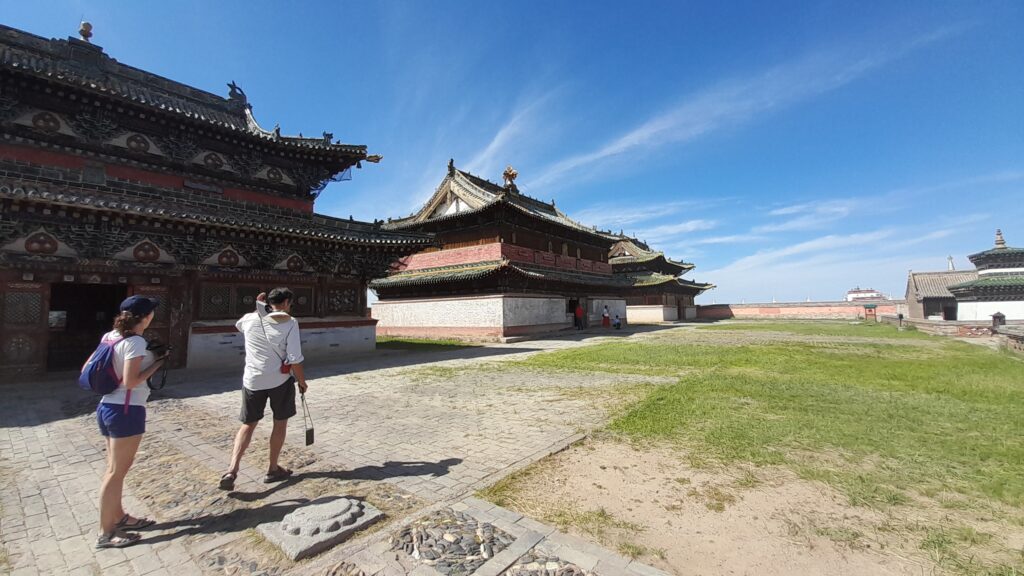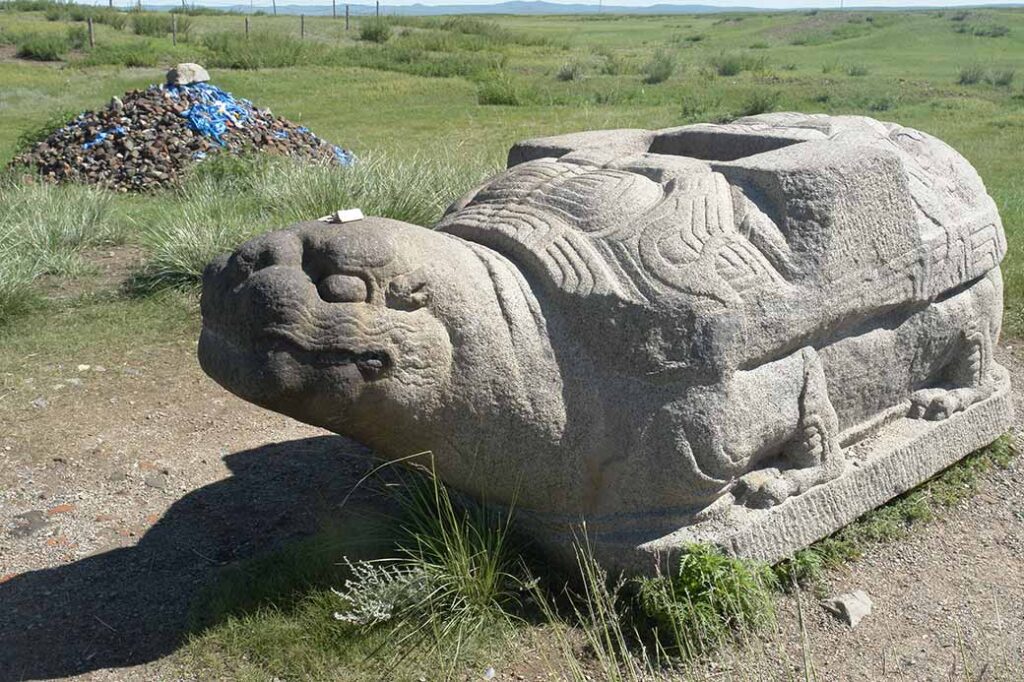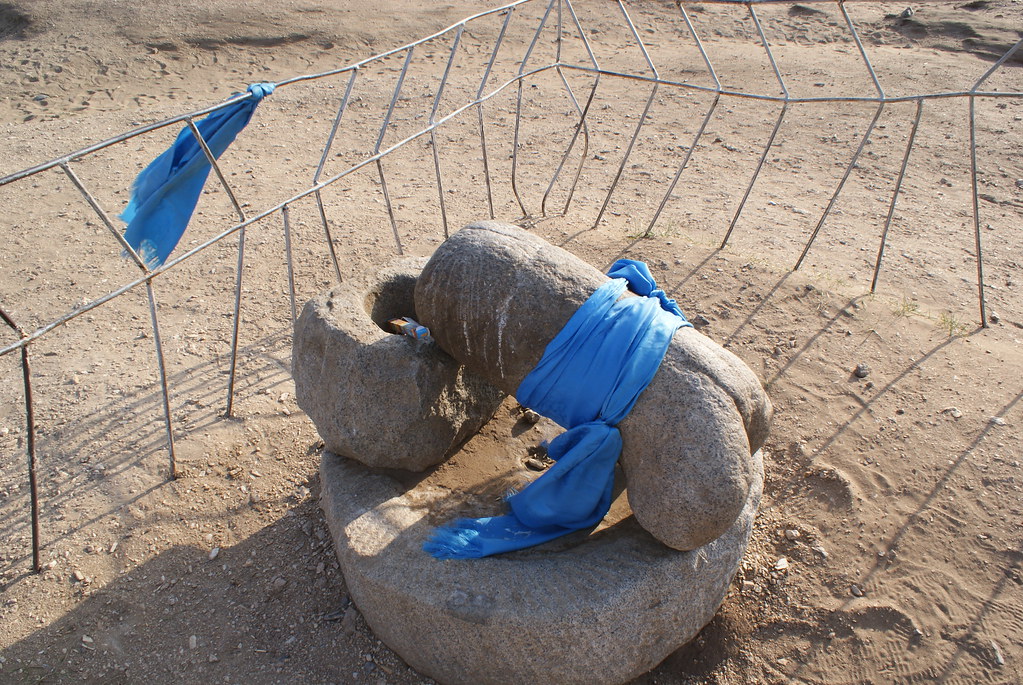Discovering Kharakorum: The Ancient Heart of Mongolia
Nestled in the heart of central Mongolia, Kharakorum is a village steeped in history and mystery, offering a unique window into the past grandeur of the Mongol Empire. Once the illustrious capital of the Mongol Empire in the 13th century, Kharakorum was a bustling hub of commerce, culture, and power under the rule of Genghis Khan and his successors. Today, the site offers a fascinating glimpse into this historical epicenter, blending ancient relics with the serene beauty of the Mongolian steppes.

A Journey Through History
Kharakorum Village
The village of Kharakorum is situated in the Orkhon Valley, a region known for its rich historical significance and stunning natural landscape. This area served as the political and cultural capital of the Mongol Empire during its zenith. Though much of the ancient city has been lost to time, the remnants that remain offer a glimpse into a bygone era of Mongolian history.
Visitors to Kharakorum will find the ruins of ancient walls, the remains of grand palaces, and remnants of the once-thriving city streets. Walking through the site is like stepping back in time, with the vast steppes providing a dramatic backdrop to the historical ruins.

Key Attractions
1. Erdene Zuu Monastery
Just a short distance from the village, the Erdene Zuu Monastery stands as one of the most significant landmarks in Kharakorum. Founded in 1585 by the Tibetan lama, Avtai Sain Khan, it is the oldest surviving Buddhist monastery in Mongolia. The monastery complex, which originally housed over a hundred temples, now includes several key structures with beautifully preserved frescoes and intricate carvings.
The monastery is enclosed by a massive wall with 108 stupas, symbolizing the eternal cycle of life. Visitors can explore the richly decorated temples, experience the tranquil atmosphere, and gain insights into Mongolia’s Buddhist heritage.

2. The Turtle Rock
The Turtle Rock, or “Khar Bukh” in Mongolian, is a fascinating ancient relic situated in the vicinity of Kharakorum. Carved to resemble a turtle, this rock monument is believed to have had a ceremonial or symbolic purpose in the ancient city. The turtle, a creature symbolizing endurance and longevity, adds a layer of mystique to the historical site.
3. The Penis Monument
An intriguing and somewhat controversial artifact, the Penis Monument (also known as the “Phallic Monument”) is a large, upright stone carving depicting a male phallus. This monument is thought to be a fertility symbol, reflecting ancient Mongolian beliefs and customs related to fertility and virility. The site provides a unique and sometimes provocative insight into the cultural practices of the Mongol era.
4. The Kharakorum Museum
The Kharakorum Museum, located near the ancient city’s ruins, offers an invaluable collection of artifacts and exhibits related to the history of Kharakorum. The museum showcases a range of historical items, including pottery, coins, weapons, and everyday objects from the Mongol Empire. Detailed exhibits provide context and explanation for the artifacts, enriching visitors’ understanding of the significance of Kharakorum in Mongolian history.

Experiencing Kharakorum
Exploring Kharakorum is not just about visiting historical sites; it’s also about immersing oneself in the tranquil beauty of the Mongolian landscape. The surrounding Orkhon Valley is a UNESCO World Heritage Site, renowned for its stunning natural scenery, including lush grasslands, rolling hills, and the majestic Orkhon River.
Travelers can enjoy a range of activities, from horseback riding and hiking to simply soaking in the serene environment. The local ger camps offer a traditional Mongolian experience, providing a comfortable and authentic stay in the midst of this historical setting.
Practical Information
- Getting There: Kharakorum is accessible from the Mongolian capital, Ulaanbaatar, by road. The journey takes approximately 5-6 hours by car or bus.
- Best Time to Visit: The best time to visit Kharakorum is during the spring (May to June) and autumn (September to October), when the weather is mild and the landscapes are particularly picturesque. (Attractions stay open whole year)
- Accommodation: Options range from traditional ger camps to guesthouses in and around the village.
Kharakorum offers an unparalleled opportunity to delve into Mongolia’s rich history while experiencing the country’s breathtaking natural beauty. Whether you are a history enthusiast, a cultural explorer, or simply someone looking to enjoy the tranquil steppes, Kharakorum promises a memorable journey into the heart of Mongolia’s past.
